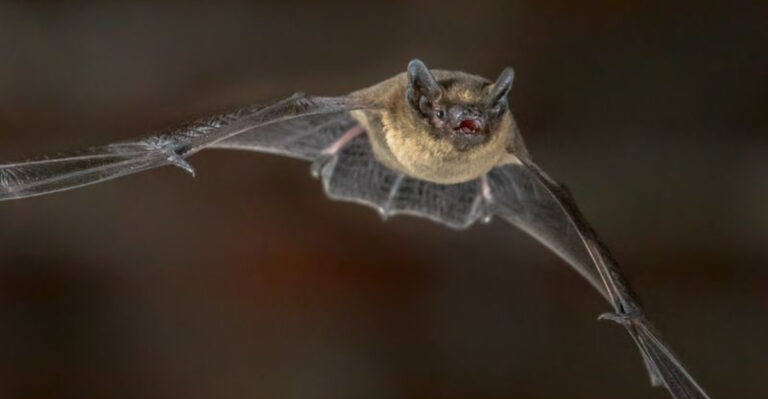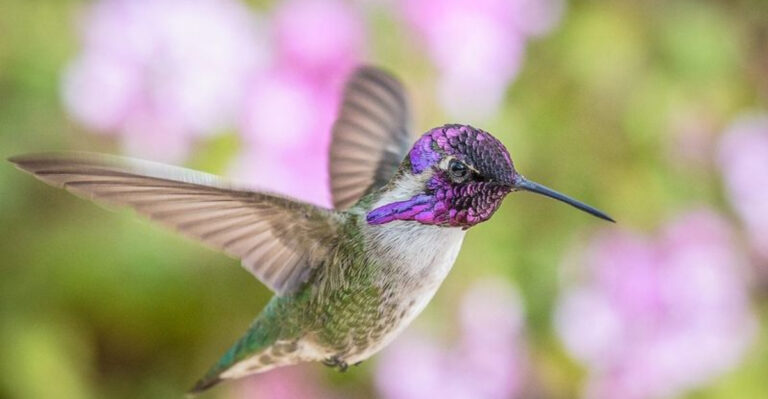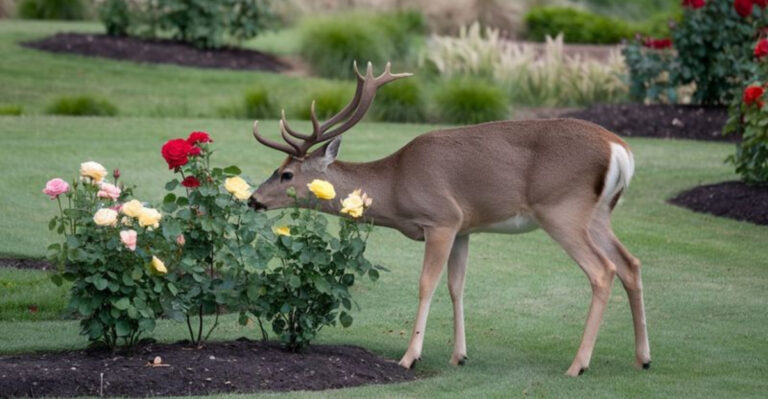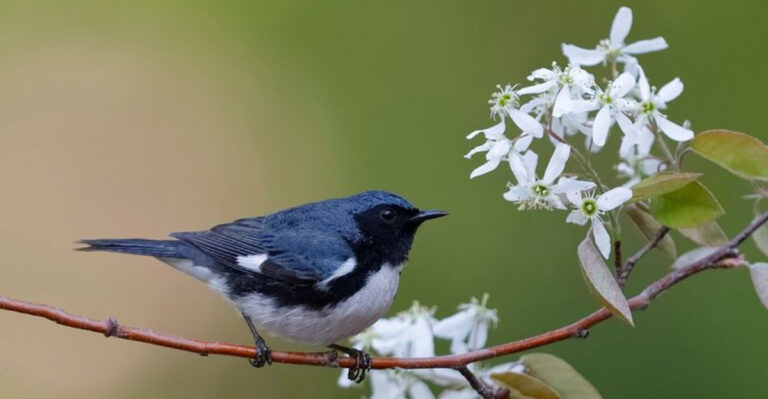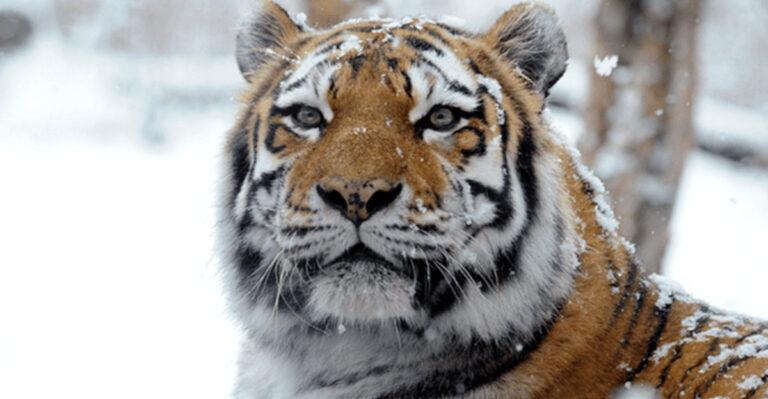13 Animals Found Only In Florida And Why They’re So Hard To Spot
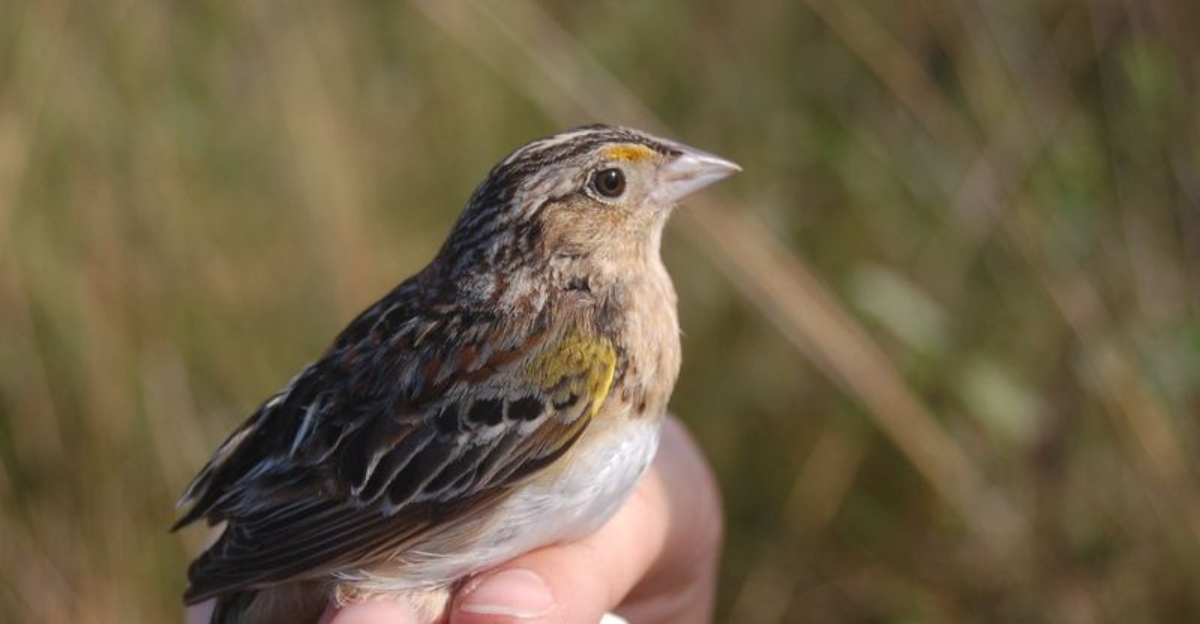
Florida’s unique ecosystems harbor incredible creatures found nowhere else on Earth. From the sandy scrublands to the marshy Everglades, these Florida-exclusive animals have adapted to specific habitats that are increasingly threatened by development and climate change.
Their specialized lifestyles and dwindling populations make these creatures some of the most challenging wildlife to observe in the Sunshine State.
1. Florida Mouse: The Gopher’s Roommate
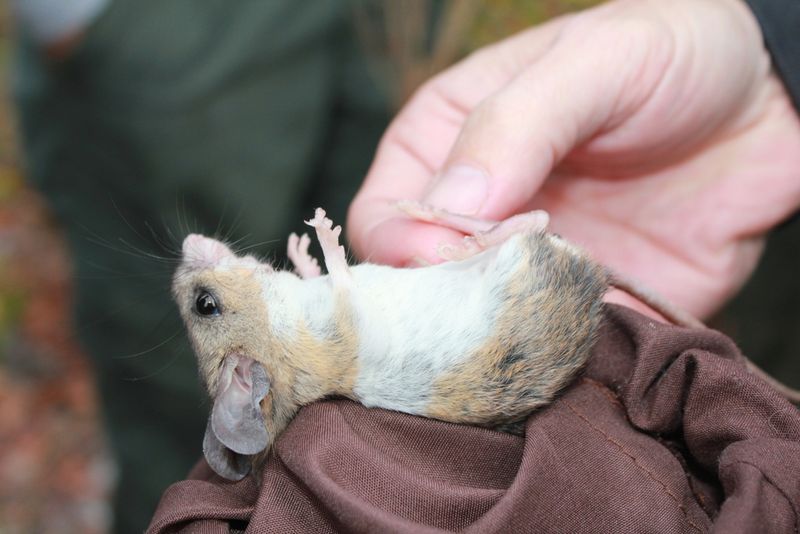
These rusty-brown rodents aren’t just any field mice—they’re Florida’s very own endemic species. Living primarily in central Florida’s sandy scrublands, they build their homes in abandoned gopher tortoise burrows.
Habitat loss threatens these specialized mice as development swallows up their scrub habitats. Their nocturnal nature and dependence on increasingly rare gopher tortoises make spotting one a genuine wildlife achievement.
2. Florida Scrub-Jay: The State’s Only Endemic Bird
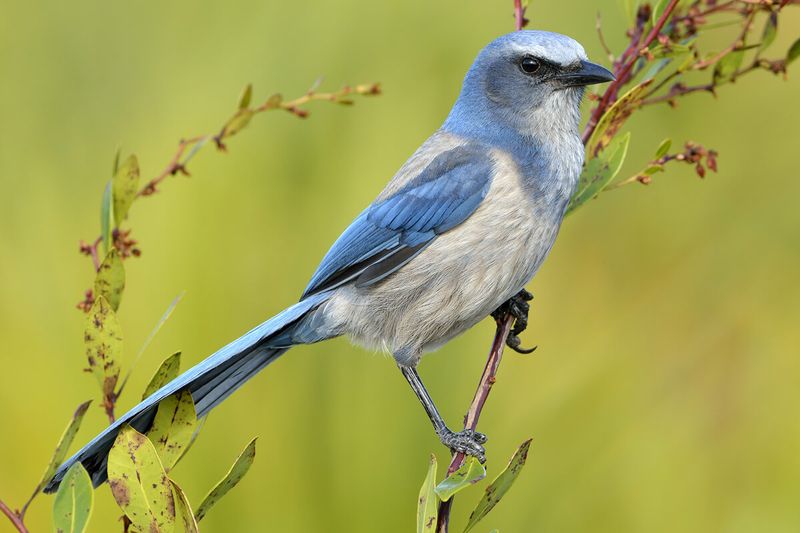
Bright blue with a gray back and no crest, Florida Scrub-Jays stand apart from their western cousins. These social birds live in family groups, with younger jays often staying to help their parents raise new chicks.
Finding them requires visiting specific oak scrub preserves, as they’ve lost 90% of their habitat. Their extreme loyalty to tiny territories means they simply disappear when development occurs, making them increasingly difficult to encounter.
3. Red Widow Spider: The Secretive Sand Dweller
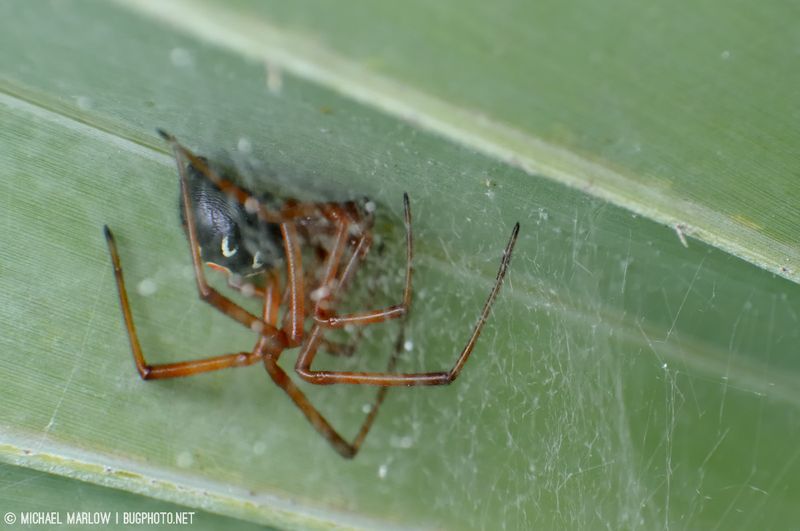
Unlike its famous black widow cousin, the striking Red Widow Spider sports a reddish-orange body with distinctive black markings. Its world exists solely within Florida’s vanishing scrub habitats. These spiders construct their silken retreats among palmetto fronds, rarely venturing far from home.
Their highly specialized habitat requirements and naturally low population densities mean even dedicated arachnologists might search for years before encountering this elusive Florida exclusive.
4. Florida Bonneted Bat: The Twilight Giant
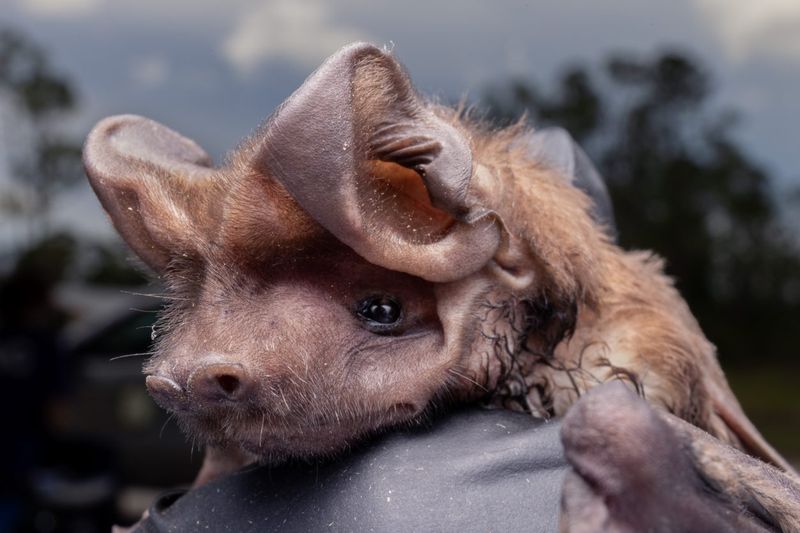
With a wingspan reaching nearly two feet, these flying mammals rank as North America’s largest and rarest bats. Their name comes from their broad, forward-pointing ears that resemble a bonnet. Fewer than 1,000 remain in southern Florida’s pine rocklands and swamps.
Their high, fast flight patterns make them nearly impossible to observe without specialized equipment. Even researchers struggle to locate their roosts, which can be hidden in tree cavities or human structures.
5. Florida Sand Skink: The Swimming Lizard Of Soil
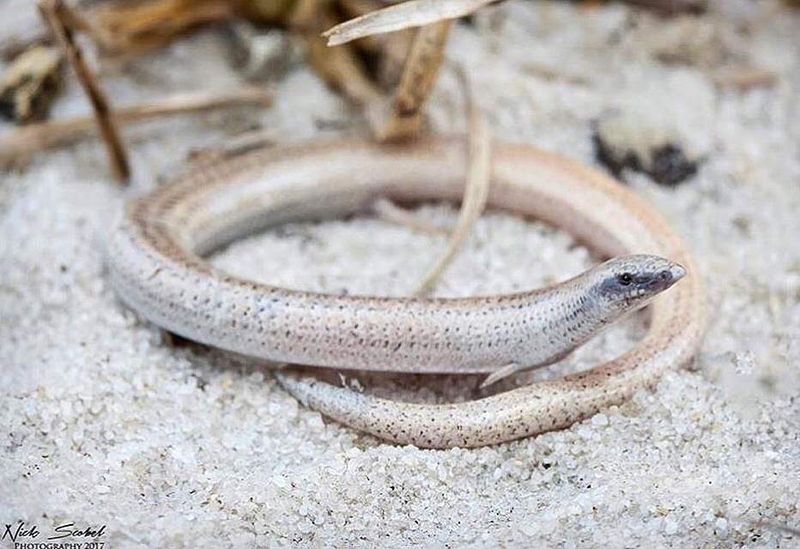
Imagine a lizard that swims through sand instead of water! The legless Florida Sand Skink has evolved tiny, nearly useless limbs and a wedge-shaped snout perfect for burrowing through central Florida’s sandy ridges.
Their subterranean lifestyle means you’ll rarely see one—only their distinctive S-shaped tracks reveal their presence. Researchers typically find them by sifting through soil or using specialized tracking methods in the few remaining scrub habitats they call home.
6. Florida Mud Turtle: The Wetland Wanderer
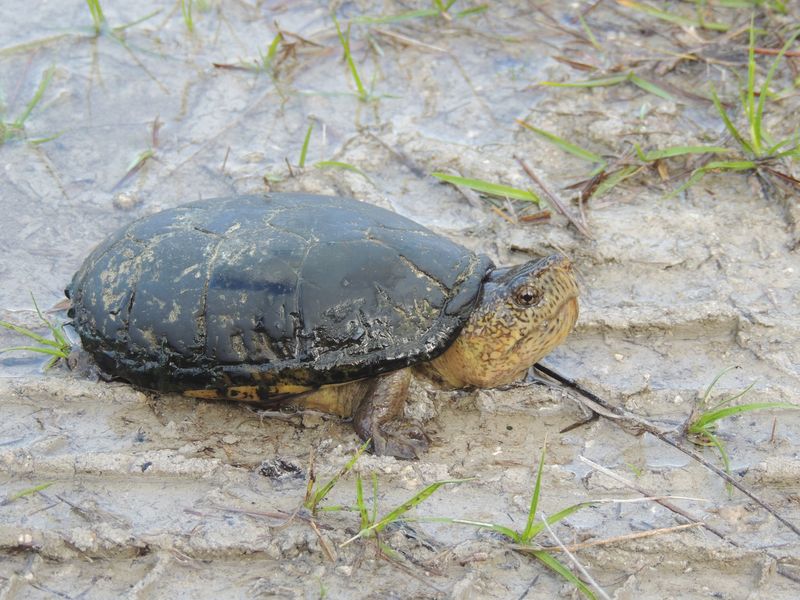
Small and unassuming, these mud-colored turtles have evolved specifically for Florida’s seasonal wetlands. Their hinged plastron (lower shell) provides extra protection when water sources dry up. Masters of disappearance, they burrow deep into mud when wetlands temporarily vanish during dry seasons.
Their ability to estivate (summer hibernation) for months keeps them hidden from view. Combined with habitat fragmentation and their naturally secretive nature, spotting one becomes a matter of perfect timing.
7. Florida Scrub Lizard: The Quick-Change Artist
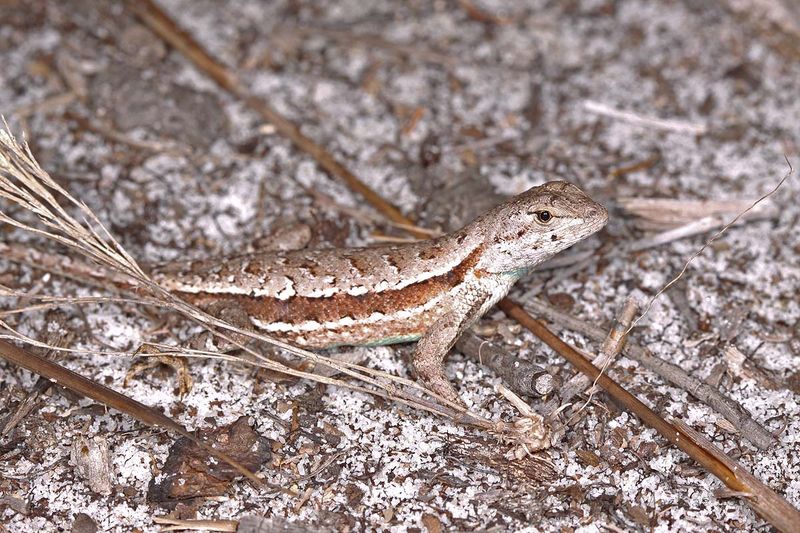
Masters of camouflage, these small spiny lizards blend perfectly with the light-colored sands and scrub oaks of their specialized habitats. Males sport bright blue patches on their bellies and throats during breeding season. Lightning-fast reflexes make these lizards nearly impossible to approach.
Their extreme habitat specificity means they’re confined to increasingly fragmented scrub patches. When disturbed, they can vanish in milliseconds, darting into dense vegetation or down abandoned gopher tortoise burrows.
8. Florida Grasshopper Sparrow: The Vanishing Voice
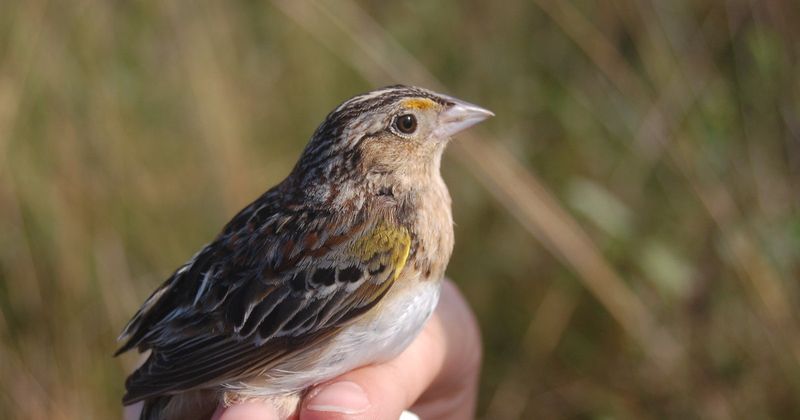
Among North America’s most endangered birds, fewer than 50 breeding pairs of these tiny sparrows remain in the wild. Their insect-like buzzing song once filled Florida’s native grasslands but now barely registers in the landscape. Finding one requires access to protected prairies in south-central Florida.
Their tendency to run rather than fly when threatened, combined with perfect grass-colored camouflage, makes them nearly invisible. Conservation breeding programs offer hope, but seeing a wild one remains an exceptional rarity.
9. Florida Bog Frog: The Panhandle Mystery
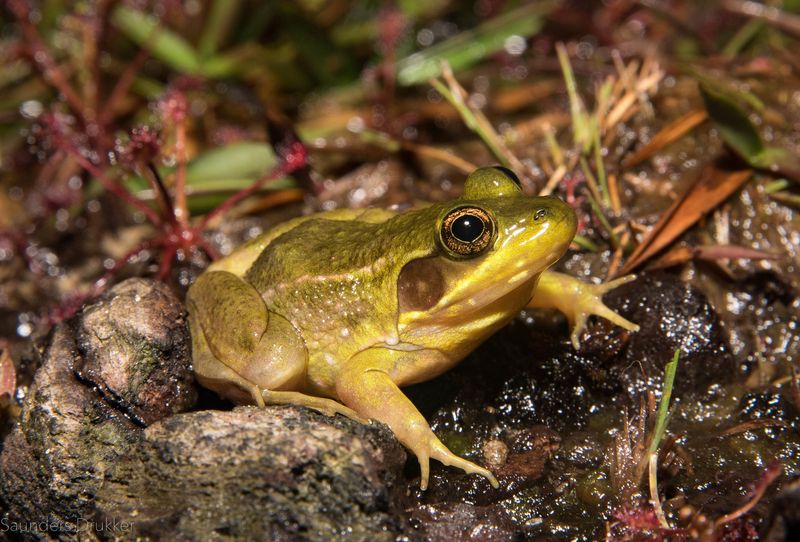
Discovered only in 1982, this secretive amphibian lives exclusively in a handful of streams and bogs in Florida’s western Panhandle. Their distinctive snore-like call distinguishes them from similar frogs. Military bases ironically harbor most remaining populations, limiting public access.
Their preference for dense vegetation along stream edges makes photography challenging. Climate change threatens their cool, flowing water habitats, pushing these frogs further into obscurity and making encounters increasingly unlikely.
10. Key Largo Woodrat: The Architectural Rodent
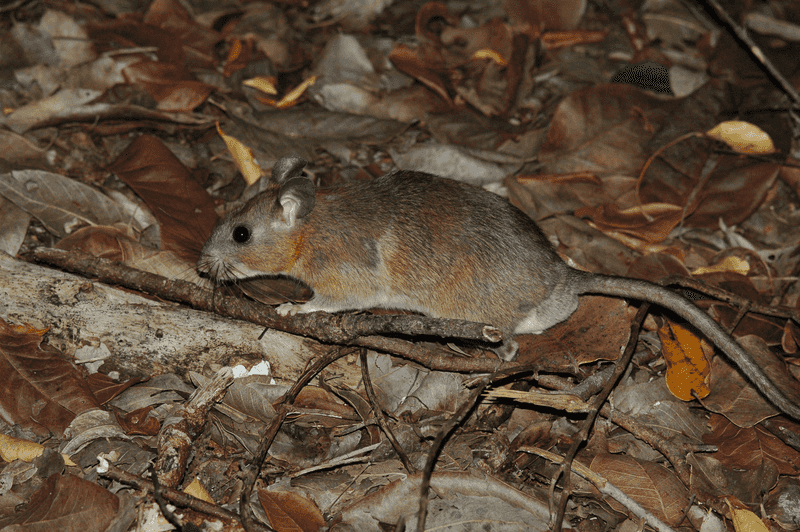
Unlike typical rats, these endangered natives build impressive stick houses called stick nests that can reach three feet tall. Found only on northern Key Largo, they’re architectural marvels of the rodent world. Tropical hardwood hammock destruction has decimated their populations.
Their strictly nocturnal habits make daytime sightings virtually impossible. Conservation areas protect remaining habitat, but introduced predators like pythons and feral cats have pushed these unique builders to the brink of extinction.
11. Stock Island Tree Snail: The Living Jewel
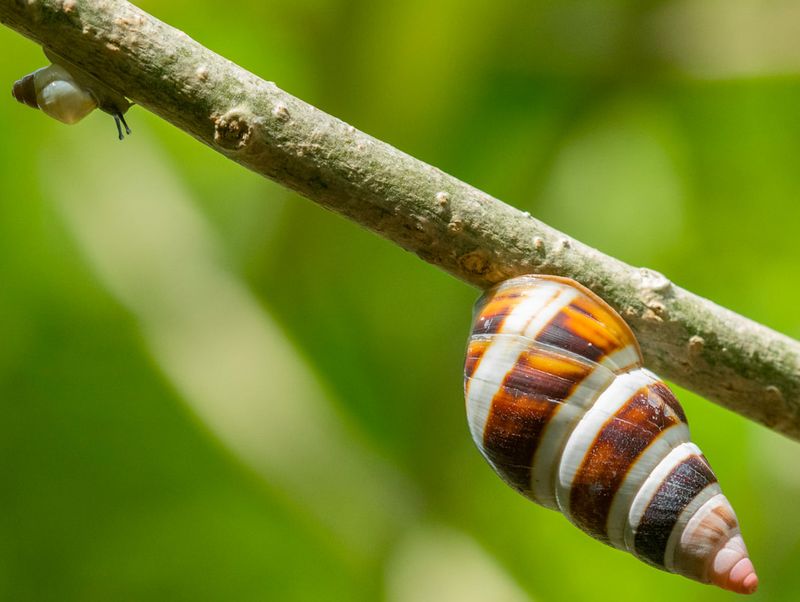
Resembling miniature works of art, these spectacular snails display shells with vibrant swirls of color unlike any other species. Originally found only on Stock Island in the Florida Keys, they now survive primarily in captive breeding programs.
Habitat destruction and collection for their beautiful shells nearly wiped them out completely. Conservation efforts include reintroduction to protected hammocks. Their tiny populations and specific habitat needs make encountering one in the wild virtually impossible for most nature enthusiasts.
12. Miami Tiger Beetle: The Urban Survivor
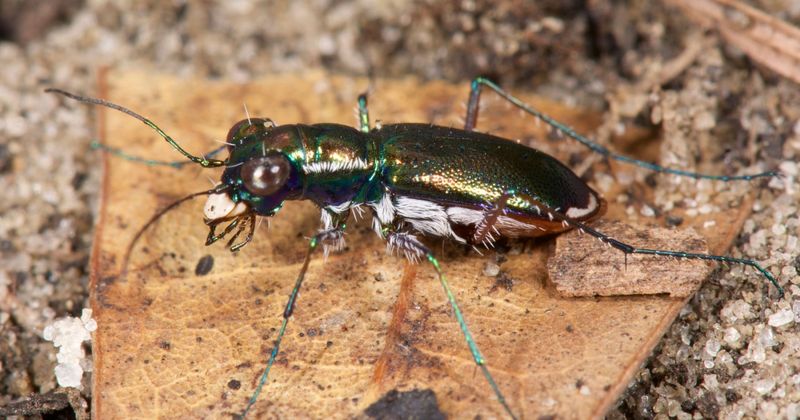
Rediscovered in 2007 after being thought extinct, these metallic green beetles survive in just a few patches of pine rockland habitat in Miami-Dade County. They’re ferocious predators despite their small size, using incredible speed to chase down prey.
Urban development has claimed 98% of their habitat. The few remaining populations live in such restricted areas that their locations remain partly confidential to protect them. Their quick movements and extreme rarity make spotting one a once-in-a-lifetime event for most entomologists.
13. Lower Keys Marsh Rabbit: The Tiny Island Hopper
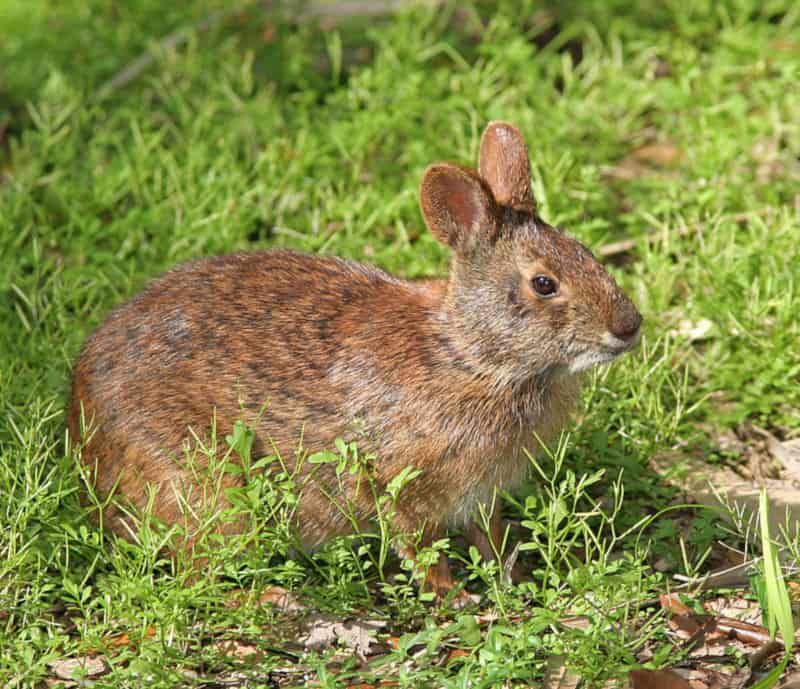
Named after Playboy founder Hugh Hefner (who funded research), these small rabbits are found exclusively on a handful of islands in the Lower Florida Keys. Smaller than mainland marsh rabbits, they’ve adapted to the unique vegetation of these isolated islands.
Rising sea levels threaten their limited habitat, pushing them to higher ground. Their crepuscular nature (active at dawn and dusk) limits viewing opportunities. Road mortality and predation by free-roaming cats further endanger these charming island natives, making encounters increasingly rare.


